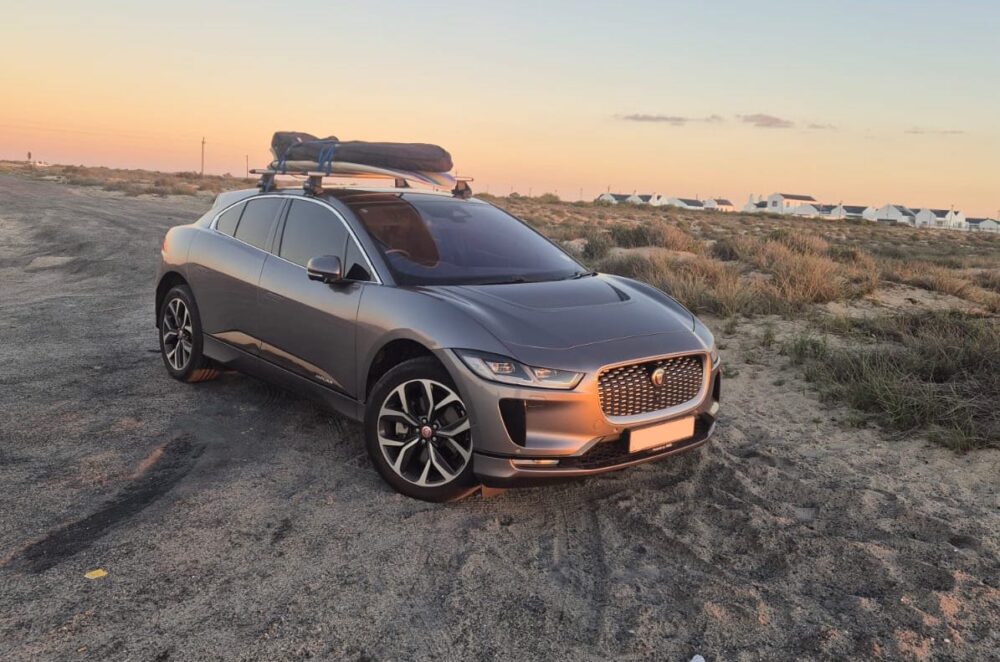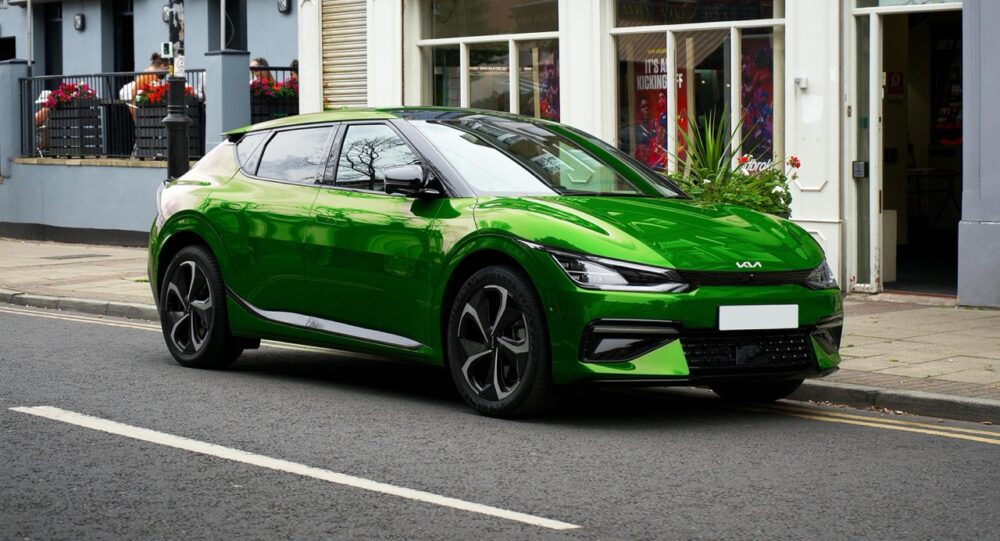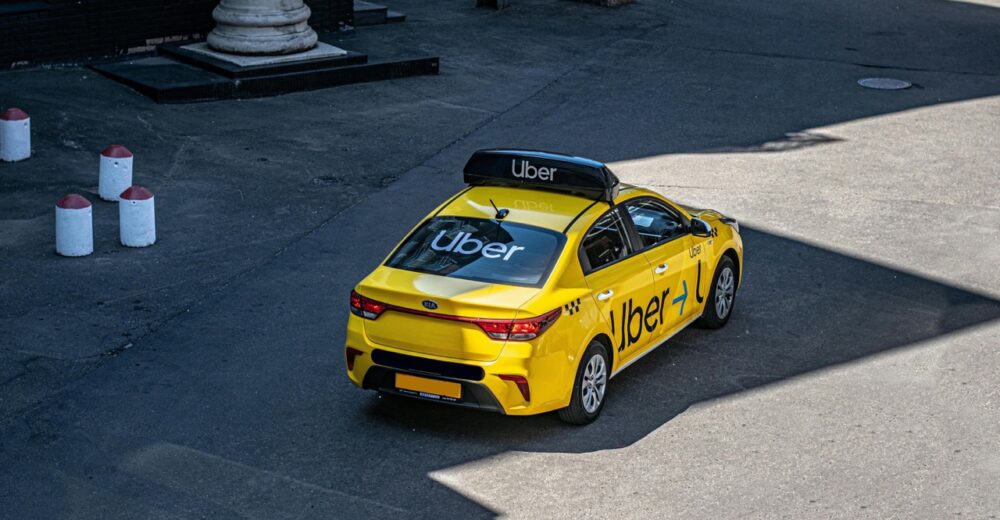With fuel prices climbing, it’s important to keep an eye on how much fuel your car consumes.
Fuel can account for up to 40% of monthly vehicle expenses. Knowing your car’s fuel consumption helps you track driving habits, spot inefficiencies, and save money.
Table of content
How is fuel consumption calculated?
When you’re on a budget, pulling into a garage to refuel is never fun. What makes it worse is not knowing how efficiently your car is using the fuel you’re spending your hard-earned money on.
Most car owners know they need to refill their tanks roughly once a week. But that doesn’t tell you how much fuel your vehicle consumes per kilometre.
Understanding your fuel consumption means measuring how much fuel your car uses to travel a set distance.
In South Africa, this is expressed as litres per 100 km (L/100 km). Knowing this number gives you control, helps you track your driving habits, and makes trip planning easier.
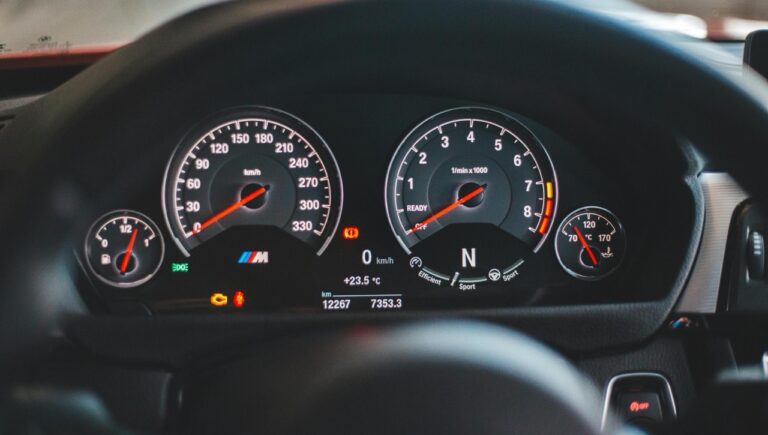
Example:
If your vehicle’s fuel consumption is 8 litres per 100 km, that means you’ll use 8 litres to drive from Cape Town to Hermanus which is roughly 100 km away.
Good habits like accelerating gently, keeping a steady speed, and using cruise control on the highway can help you cut fuel consumption.
But driving roughly, flooring the pedal, speeding, and braking hard, burns more fuel. This leads to you spending a lot more every month on petrol.
Difference between fuel consumption and fuel economy
Some people prefer to measure fuel economy instead of fuel consumption. The two are related but calculated differently.
Fuel consumption measures how much fuel your car uses to travel 100 km. Fuel economy flips that: it measures how far you can drive on one litre (or one gallon).
Fuel economy units:
- Kilometer per litre (Km/L)
- Mile per gallon (mpg)
In South Africa, the most common measure is litres per 100 km (L/100 km). You’ll only need other formulas if you travel overseas.
The takeaway is simple:
- Low fuel consumption = good
- High fuel economy = good
- High fuel consumption = bad
- Low fuel economy = bad
How to apply this in the real world
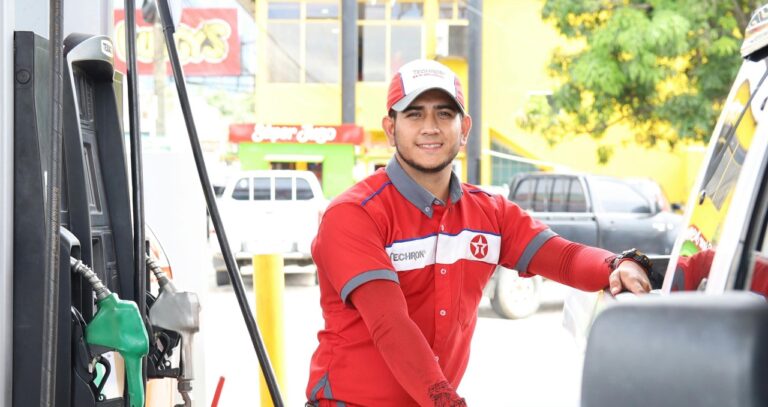
The easiest way to calculate your fuel consumption is to track the distance you drive between refuels. For this, you’ll use your trip meter or odometer.
Most cars come with a trip computer that records distance travelled, average speed, and sometimes even your remaining range, which is how much distance you can drive before your next refill.
But if you don’t have one, your odometer works just as well. Here’s how to calculate fuel consumption:
- Fuel up: Fill your tank to the brim.
- Reset your trip meter: Before driving off, reset your trip meter. If you don’t have a trip meter, note your odometer ready at that point as D1.
- Drive normally: Until you need to refuel again.
- Fill up again: Check the pump to see how many litres it takes to fill up your tank to the brim again.
- Note the distance driven: Check your trip meter to see how much distance you’ve driven, or note the odometer at that point as D2. Then subtract D1 from the new odometer reading (D2).
- Calculate: Divide litres used by distance driven, then multiply by 100. That gives your fuel consumption in L/100 km.
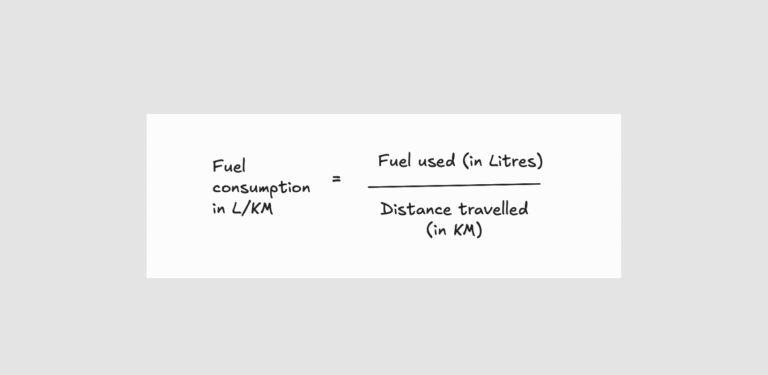
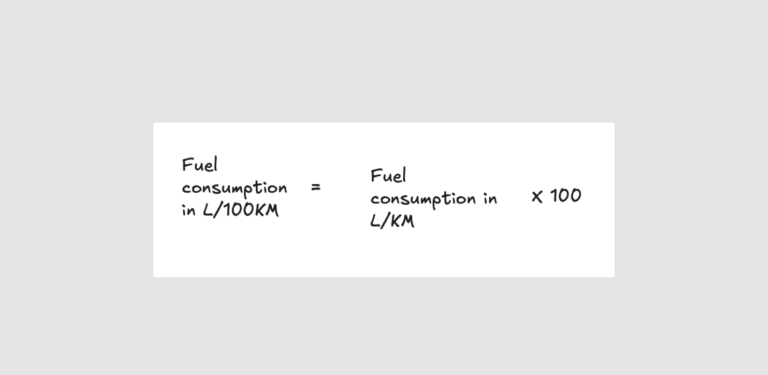
Calculating your fuel consumption on long road trips
Now that you know your car’s fuel consumption, you can use it to plan road trips. This helps you schedule fuel stops and budget for costs.
Here’s how to estimate fuel use for a trip:
- Note your car’s fuel consumption (L/100 km).
- Find the total distance of the trip you’re planning (km).
- Divide the trip distance by 100.
- Multiply the number you get by your car’s fuel consumption.
Example:
A trip from Cape Town to George is about 450 km. Let’s say you’re driving a Toyota Corolla Hybrid with a fuel consumption rate of 5 L/100 km.
- First divide the trip distance 450 km by 100. Which gives us 4.5.
- Then multiply 4.5 by the fuel consumption 5 L/100KM. To give 22.5.
So you’ll need about 22.5 litres of fuel to reach George. To estimate cost, multiply that by the price per litre in your city.
Always plan for the unexpected, detours, extra traffic, or heavy loads can increase fuel use.
Factors that affect your fuel consumption
Your car’s fuel consumption can vary depending on several factors:
- Vehicle type: Larger SUVs and trucks burn more fuel because of their weight. Unless you need the space, a smaller car will save you money.
- Vehicle design: Aerodynamics matter. Boxy cars create more drag, which forces the engine to burn more fuel to overcome the drag.
- Driving conditions: City driving, with its frequent stops and starts, uses more fuel than steady highway driving.
- Your driving style: Aggressive acceleration, speeding, and hard braking waste fuel and strain your car. On road trips, cruising around 80 km/h is efficient. Doubling that speed to 160 km/h creates four times the drag and can burn up to eight times more fuel than driving at 80km/h.
Want to know how you can cover your car cost?
Want more stories like this?

